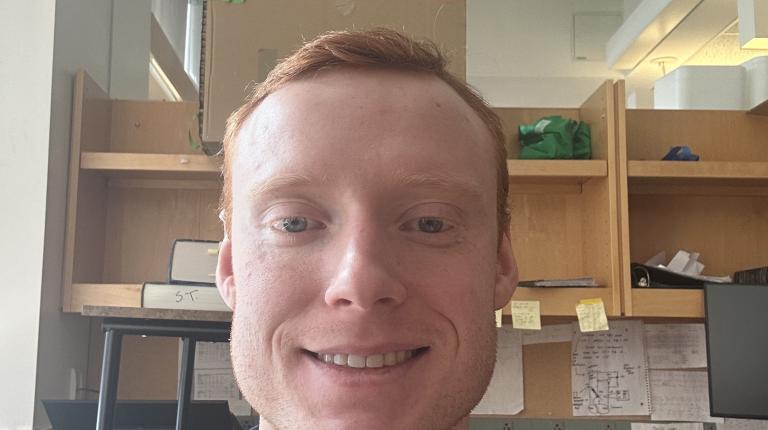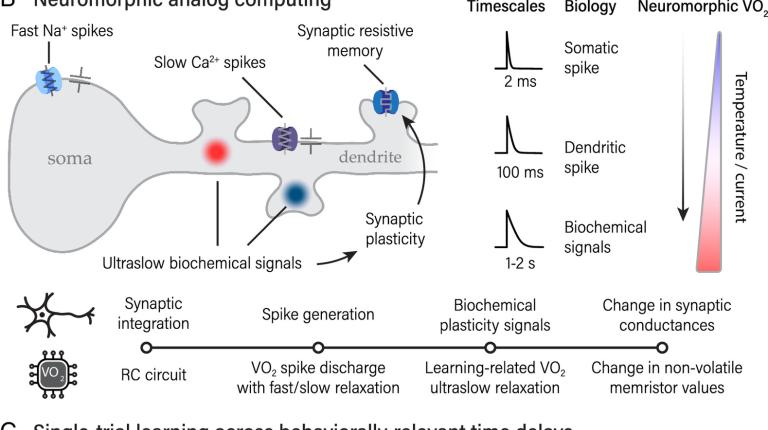Milstein Lab
Traditional Hebbian models of synaptic plasticity that require two neurons to be precisely co-active within a short time window completely fail to explain the most canonical type of learning – associating a behavioral choice with a delayed outcome! How, then, do neural circuits and synaptic plasticity mechanisms found in the brain accomplish rapid associative learning on behavioral timescales, and how are these mechanisms disrupted in neurological disorders affecting learning? While recent advances in experimental neuroscience implicate roles for i) specific neuronal circuit architectures, ii) nonlinear synaptic integration in neuronal dendrites, and iii) non-Hebbian forms of synaptic plasticity, these fundamental mechanisms have yet to be integrated into most theoretical and clinical models of learning, stalling progress. The Milstein Lab combines analysis of in vivo and ex vivo experimental data with biologically-detailed computational modeling to 1) predict and interpret the results of experimental neural circuit perturbations, 2) understand the pathophysiology of learning and memory disorders and inform mechanism-based treatments, and 3) engineer artificial learning systems that, like biological organisms, can flexibly learn new associations with or without explicit reinforcement.
Alternate Lab Website
Read More › about Congratulations Michael Finch: Recipient of the The Gordon J. and Ruth M. Macdonald Foundation gift
Read More › about Milstein Lab 2024 PNAS paper was selected as a finalist for the NAS Cozzarelli Prize!


